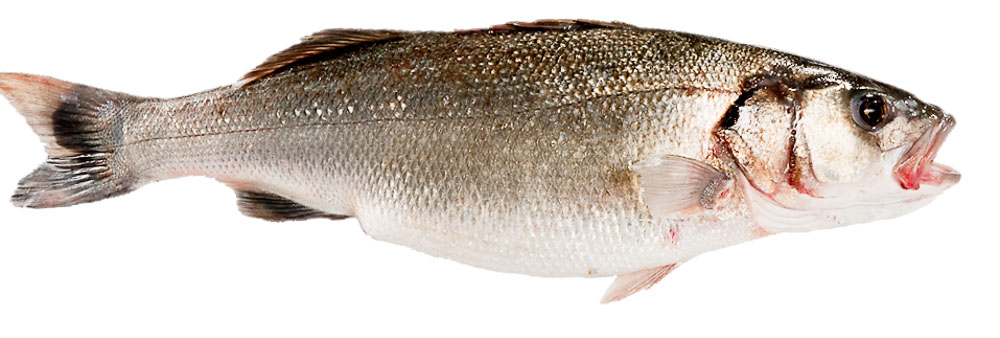La galera (Squilla mantis) es un crustáceo típico del Mediterráneo. Aunque tiene menos carne que otros mariscos, destaca por su sabor profundo y muy intenso a mar, lo que la convierte en un ingrediente clave en la cocina tradicional.
The mantis shrimp (Squilla mantis) is a crustacean typical of the Mediterranean. Although it has less meat than other shellfish, it stands out for its deep, intense sea flavor, making it a key ingredient in traditional cuisine. For many years it was considered a humble seafood, but today it is highly valued by chefs for the depth it brings to stocks, broths, rice dishes, and soups. Its best season is usually autumn and winter, when its flavor is at its peak.
How to clean mantis shrimp
- Rinse under cold water.
- Cut the sides of the shell with scissors.
- Open carefully.
- Remove the intestine (dark vein).
It can be used whole for stocks or cut for other preparations.
Mantis shrimp vs prawns and shrimp
- Mantis shrimp: little meat, very intense flavor, ideal for depth and character.
- Prawn: more meat, mild flavor, very versatile.
- Shrimp: smaller, delicate and sweet flavor, a premium product.
Only for stock? Not necessarily
Although most commonly used in stocks and rice dishes, mantis shrimp can also be cooked on the grill or griddle, like shrimp: high heat, coarse salt, quick flip on each side. A simple way to enjoy its pure flavor.
Conclusion: mantis shrimp doesn’t seek attention through quantity, but through intensity. An authentic, straightforward seafood with strong character.
La galera (Squilla mantis) es un crustáceo típico del Mediterráneo. Aunque tiene menos carne que otros mariscos, destaca por su sabor profundo y muy intenso a mar, lo que la convierte en un ingrediente clave en la cocina tradicional.
The mantis shrimp (Squilla mantis) is a crustacean typical of the Mediterranean. Although it has less meat than other shellfish, it stands out for its deep, intense sea flavor, making it a key ingredient in traditional cuisine. For many years it was considered a humble seafood, but today it is highly valued by chefs for the depth it brings to stocks, broths, rice dishes, and soups. Its best season is usually autumn and winter, when its flavor is at its peak.
How to clean mantis shrimp
- Rinse under cold water.
- Cut the sides of the shell with scissors.
- Open carefully.
- Remove the intestine (dark vein).
It can be used whole for stocks or cut for other preparations.
Mantis shrimp vs prawns and shrimp
- Mantis shrimp: little meat, very intense flavor, ideal for depth and character.
- Prawn: more meat, mild flavor, very versatile.
- Shrimp: smaller, delicate and sweet flavor, a premium product.
Only for stock? Not necessarily
Although most commonly used in stocks and rice dishes, mantis shrimp can also be cooked on the grill or griddle, like shrimp: high heat, coarse salt, quick flip on each side. A simple way to enjoy its pure flavor.
Conclusion: mantis shrimp doesn’t seek attention through quantity, but through intensity. An authentic, straightforward seafood with strong character.














